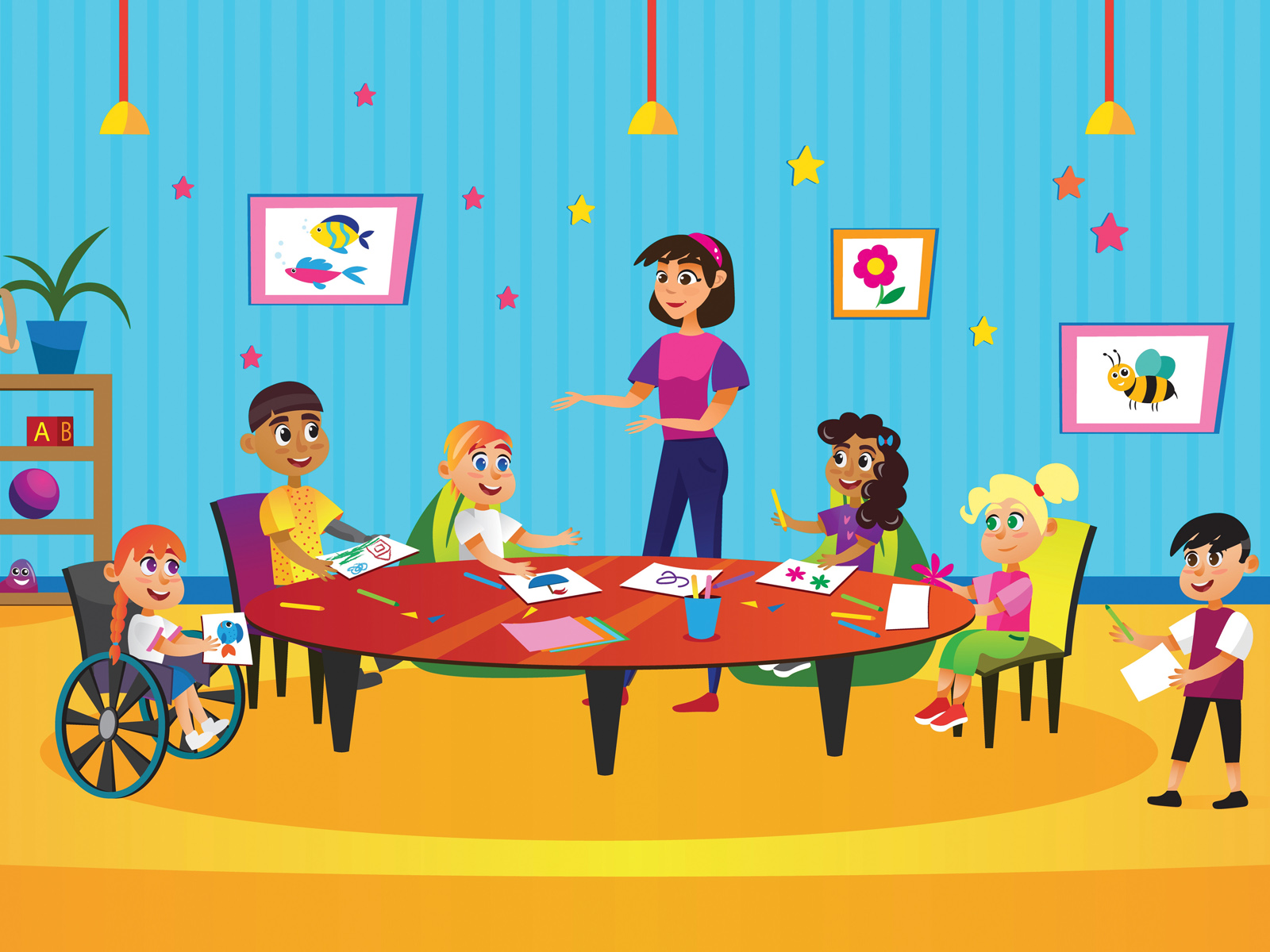By Emma Zerkel
Reading and understanding social cues don’t come easy for children. This article discusses some common challenging areas and ways you can help your child.
Eye contact
Start by making solid eye contact to show your child that you are both interested in what they have to say and that you have confidence in their ability to listen. Here are some easy activities that you can do with your child to help him or her improve their social skills.
Have a staring contest: Making a contest out of playful eye contact can challenge some kids—especially if they have a competitive streak.
Eyes on the forehead: When you are hanging out with your child, place a sticker of an eye or a pair of eyes on your forehead. Encourage them to look at the stickers. It may not be exactly looking at your eyes, but it is training them to look in the right direction in a funny, less threatening way.
Swinging: Try making eye contact as your child swings on a swing. Make a game of it, where the child tries to reach you with their feet. The sensory input may be calming and allow them to focus more on you. Compliment them on how nice it was to have them looking at your eyes.
Idioms
Idioms can be very confusing, even for typical children. For children with autism spectrum disorders, they can drive them crazy (is that an idiom?).
Here are some tools and activities that can help kids with idioms…
Books about idioms: There are many great books that illustrate and explain idioms. Try In a Pickle: And Other Funny Idioms by Marvin Terban. It gives a funny, literal illustration and then explains the history of the phrase. Use such books as a launching pad. Have your child make their own book of idioms that they hear. When you use one regularly, such as “That’s a piece of cake,” have children make their own page.
Online: There are many websites that list idioms or use games to try guessing what an idiom really means. Check out IdiomSite.com, funbrain.com or vocabulary.co.il to get you started.
Memory or matching game: Write down idioms on one set of cards and their meanings on another. Have the child try to pair them up. You could also add the literal picture of the idiom to visualize what the idiom that is being used actually looks like.
Reading faces
This skill is important at home, in school and on the playground. Many misunderstandings arise from kids misinterpreting the emotions of others. Sometimes kids can be confused by what a particular look means. They may easily mistake a look of disappointment and think someone is angry, or they may mistake a nervous expression for a funny one.
Emotion charades: Instead of using movie titles, animal or other typical words in a game of charades, use emotions. Write down feeling words on small pieces of paper. Take turns choosing a slip of paper and then acting out the word written on it. You could substitute written words for pictures showing the emotion. If kids prefer, you can draw the emotion rather than act it out, like in the game Pictionary. You can make it harder by setting a rule that you cannot draw the emotion using a face. Instead, they have to express the feeling by drawing the body language or aspects of a situation that would lead to that emotion (e.g., for sadness, you could draw a kid sitting alone on a bench, or a rainy day).
Face it: Face games are a way to work on social interactions. Like in an acting class, you can try “mirroring” with an autistic child: Touch your nose or stick out your tongue and have him or her imitate you. Make funny faces that the child can copy. Kids with deficits in their social skills often have trouble reading expressions and interacting socially, so activities that get them more comfortable with these situations are a great idea.
Staying on topic
When people have a conversation, they pick a topic to discuss. Each person adds something to the conversation until the discussion has finished or the topic has changed. Sometimes it is hard for children to stay on topic and take part in a regular conversation. Here are some activities to help with staying on topic and carrying
out a conversation.
Topic game: Play a game with the alphabet, where every letter has to be the beginning of a word in a theme such as fruit or vegetable: A…apple, B…banana, C…carrot…
Step Into Conversation:
An online learning tool that provides children with autism with the structure and support they need to hold interactive conversations. Cards provide 22 basic, scripted conversations with areas for the child to fill in the blanks. Icons with labels run along the top of each card and remind the child to Stand, Look, Talk and Listen. They are reminded to listen after they make each statement. You can find this resource at childrensucceed.com/games-for-autistic-kids/step-into-conversation.
Improvisational storytelling: To play this game, put pictures of different emotions face down on the table. Players then decide together on the story elements that must appear in their story (e.g., an arctic wasteland, a lemur and a banana). The goal is for the players to take turns making up the narrative, building on each other’s ideas and (eventually) making use of all the required story elements. To begin, the first player picks a card, and starts the narrative. The player can take the story into any direction they like, but must incorporate the emotion depicted on the card. After a minute or two, the next player picks a card and continues the narrative. Players continue to take turns until they have used all the required story elements and reached a satisfying conclusion.
Emma Zerkel is a 37-year-old mother of two. One of her two children, Ian, has autism. She is currently earning her master’s degree in special education with a focus on autism.
Reprinted with permission from friendshipcircle.org.














